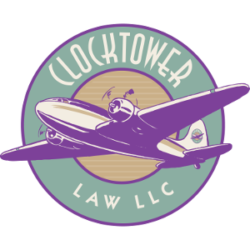Patenting Business Methods
Yes, Virginia, business methods can be patented.
The Patent Act does not define “business method” and no court has offered a definition. You can patent widgets and you can patent the way to make the widgets. A patent on a widget can be infringed by a consumer. A patent on making the widget can be infringed by a manufacturer. Manufacturers typically have deeper pockets than consumers, so the value of patents is nearly always in the method claims (directed to making the widget) as opposed to the apparatus claims (directed to the widget).
But the Patent Office (and courts) get weirded out with method claims in patents when there is no corresponding widget. We can help explain the law to them.

